
Séminaires
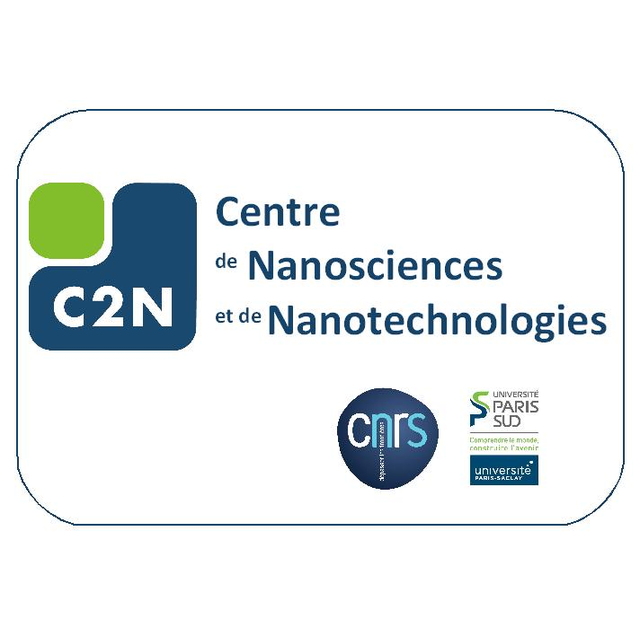
(en anglais) Quantum hardware for the generation, manipulation and detection of light at the single photon level
Centre de Nanosciences et de Nanotechnologies, Amphithéâtre, PalaiseauSéminaires
We develop single photon sources based on semiconductor quantum dots to generate single photons as well as entangled photon pairs at telecom wavelengths to enable the implementation of long distance quantum communication in optical fibers. Operation at telecom wavelengths also allows us to implement experiments at the single photon level with off-the-shelf components such as modulators. Schemes to manipulate light on-chip, allowing for integration, scalability and higher reliability are also carried out with the aim of operating at telecom frequencies.
Single photon detectors with high detection efficiency, low noise and high time resolution are required to realize quantum communication and quantum sensing experiments. For this purpose, we develop superconducting nanowire single photon detectors, these find a wide range of applications including lidar and quantum microscopy. To allow for complex systems, integrated quantum optics circuits where we combine quantum sources and superconducting detectors are under development.
Finally, we demonstrate single photon transmission over 34 km of deployed optical fibers, paving the way to secure telecommunication links using quantum technologies
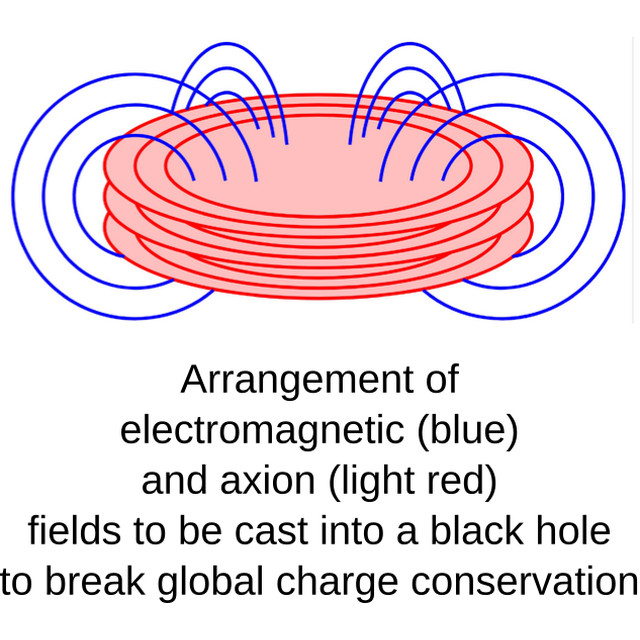
(en anglais) D and H cannot exist: Axion bombs, Black holes and breaking global charge conservation.
Centre de Nanosciences et de Nanotechnologies, Amphithéâtre, PalaiseauSéminaires
Charge conservation is a fundamental, and experimentally verified rule of electrodynamics. It turns out that only local charge conservation is needed and attested. Going from local charge conservation to global charge conservation requires either one of two assumptions, or both. Either the excitation fields D and H are well defined or spacetime has no holes. We can therefore break global charge conservation by both demanding spacetime has a hole and D and H are not defined. We can provide the spacetime hole by creating a black hole that evaporates.
Since D and H cannot be directly measured, they have a gauge freedom [1]. Admitting this freedom opens many possibilities, concerning axions, which have direct application. We show a simple scenario using wires and voltmeters which due to topological reasons is impossible using D and H [2]
We have given an explicit solution to these modified Maxwell equations in a simplified holey spacetime namely Minkowski spacetime with a point removed. The solution can be given pictorially. See Figure: Blue electromagnet fields, light red axion field, dark red axion sources [3,4,5].
[1] J. Gratus, P. Kinsler, M. McCall, (GKM), Euro. J. Phys. 40, 2, (2019)
[2] GKM PRA 101, 4, (2020)
[3] GKM Found. Phys. 49, 4, p. 330-350. (2019)
[4] GKM Annalen der Physik. 533, 6, (2021)
[5] Netherlands New Scientist article.
https://www.newscientist.nl/nieuws/kun-je-een-natuurwet-breken-met-een-axionenbom-en-een-zwart-gat/
Jonathan Gratus is a senior lecturer in mathematical physics and a member of the Cockcroft Institute of Accelerator Science. He is interested in geometric methods of understanding electrodynamics. He has a board range of interests including spacial dispersion, homogenisation, waveguides, radiation reaction, distributions, general relativity, and Particle-In-Cell codes.
Lien zoom: https://us02web.zoom.us/j/86277738532
Find a link in the the attached file below
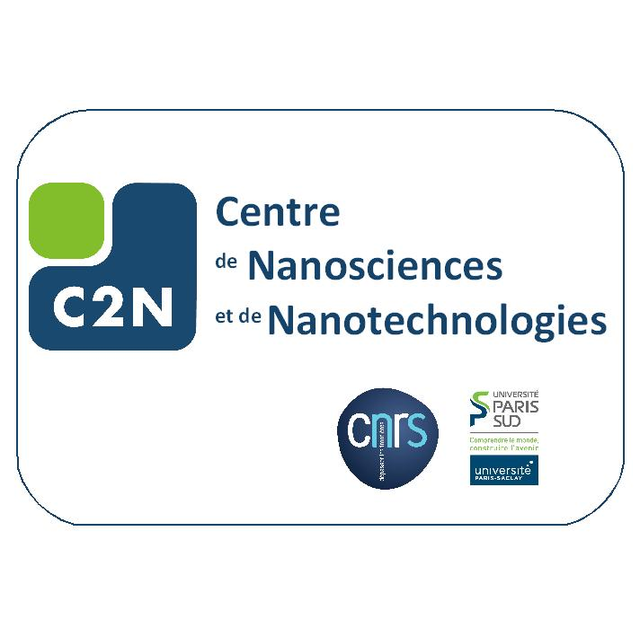
(en anglais) Quantum networks with neutral atoms in optical cavities.
Centre de Nanosciences et de Nanotechnologies, Amphithéâtre, PalaiseauSéminaires
Cavity QED systems constitute an ideal interface to connect flying and stationary qubits in a quantum network. The stationary qubits can be realized with trapped neutral atoms, while the flying qubits are encoded either in the polarization degree of a photon or in the phase of a coherent laser pulse.
I will present a series of experiments employing the strong nonlinearity provided single atoms in two cavity QED setups to implement useful tools for quantum information processing and quantum communication in a network-ready architecture.
These tools comprise a photon-photon quantum gate mediated by an intra-cavity atom and a gate between two atoms in one cavity executed via the reflection of a single photon. Furthermore, the atom-cavity system also allows for the deterministic generation of entangled atom-light Schrödinger-cat states.
I will show how the connection of two cavity QED setups can be employed to implement a nonlocal quantum gate between two atoms located in 60 m distant cavities. Also, the same system can be used to perform teleportation of quantum information from one atom to the other and to nondestructively detect flying optical photons multiple times.
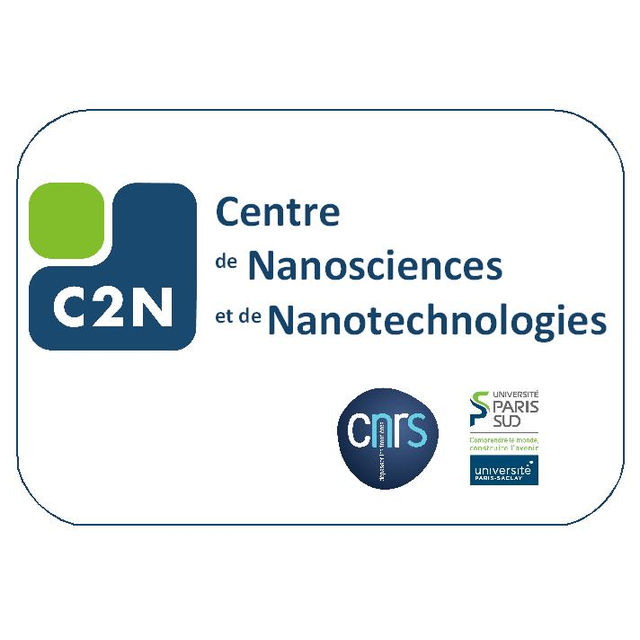
(en anglais) THz spin currents for magnetic manipulation
Centre de Nanosciences et de Nanotechnologies, Amphithéâtre, PalaiseauSéminaires
Reducing energy dissipation while increasing speed in computation and memory is a long-standing challenge for spintronics research [1]. In the last 20 years, femtosecond lasers have emerged as a tool to control the magnetization of certain magnetic materials at the picosecond timescale [2]. Recently, new materials and new ultrafast mechanisms have been discovered that expand the possibilities of the field. Particularly, I will discuss some of our latests results where we show that ultrafast spin currents generated either by picosecond wide electrical pulses [3], or by ultrafast demagnetization [4,5] can be exploited to reverse the magnetization of a classical ferromagnet. These experiments show that spintronic phenomena can be exploited on picosecond time-scales and should launch a new regime of ultrafast spin torque studies and applications.
[1] Åkerman, J. Toward a universal memory. Science. 308, 508–510 (2005).
[2] Kirilyuk, A., Kimel, A. V & Rasing, T. Ultrafast optical manipulation of magnetic order. Rev. Mod. Phys. 82, (2010).
[3] Jhuria, K. et al. Spin–orbit torque switching of a ferromagnet with picosecond electrical pulses, Nat. Electronics 3, 680-686 (2020)
[4] Remy et al., Emergy efficient control of ultrafast spin current to induce single femtosecond pulse switching of a ferromagnet, Adv. Sci. 7, 23, 2001996 (2020)
[5] Igarashi et al., Engineering single-shot all-optical switching of ferromagnetic materials, Nano Lett, 20, 8654-8660 (2020)
Link: https://us02web.zoom.us/j/87011044200
Find a clickable link in the attached file below
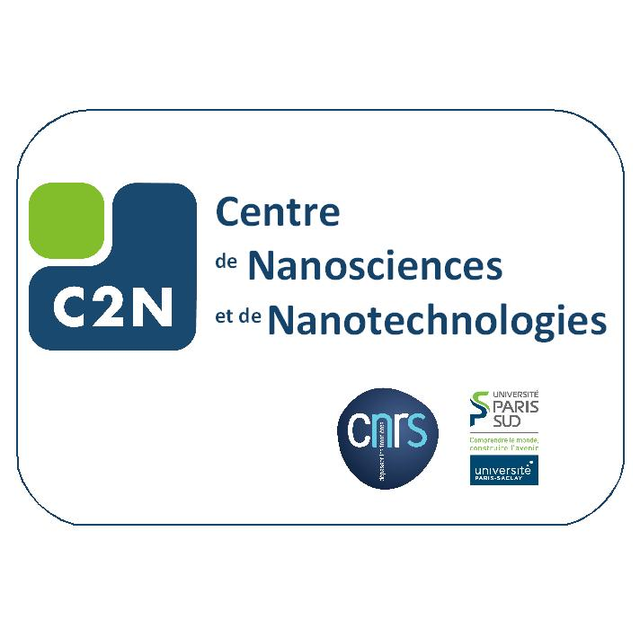
(en anglais) High peak power pulses and solitons in quantum cascade laser combs
Centre de Nanosciences et de Nanotechnologies, Amphithéâtre, PalaiseauSéminaires
Thanks to progress in Quantum cascade laser combs, mid-infrared dual comb spectroscopy has recently achieved very short time resolution (10s) and very high accuracy (1m Absorbance), as well as high resolution (~3MHz) measurements over a full bandwidth of 55cm-1 with an acquisition time of only 120ms.
To further improve the performance of these spectrometers, we will discuss improvement of the QCL comb laser sources using ring QCLs and RF injection in specially designed devices. We demonstrated recently sub-picosecond pulses with high peak powers, in the range of watts. We also recently showed that ring QCLs can emit temporal solitons.
Jérôme Faist was born in Switzerland and obtained his Ph.D. in Physics in 1989 from the Swiss Institute of Technology in Lausanne. He then worked successively at IBM Rueschlikon (89-91) and Bell Laboratories (91-97). He was nominated full professor in the physics institute of the University of Neuchâtel (1997) and then full professor in the ETH Zurich (2007).
His key contribution to the development of the quantum cascade laser was recognized by a number of awards. His present interests include the development of mid-infrared and terahertz quantum cascade lasers and frequency combs and the physics of strong light-matter coupling Terahertz metamaterial resonators.
e-mail: jerome.faist@phys.ethz.ch
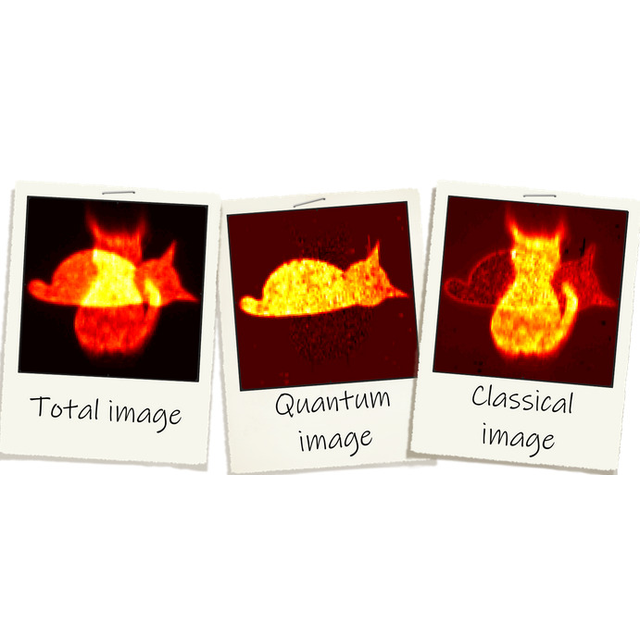
(en anglais) Quantum imaging with entangled photons
Centre de Nanosciences et de Nanotechnologies, A005-A007, PalaiseauSéminaires
Quantum imaging harnesses quantum properties of light and their interaction with the environment to go beyond the limits of classical imaging or to implement unique imaging modalities. In conventional quantum imaging systems, a non-classical state of light illuminates an object from which an image is formed on a set of photodetectors. In this respect, sources of entangled photon pairs are very prolific. Over the last decades, they have been used to achieve super-resolution [1] and sub-shot-noise imaging [2], as well as to develop new imaging approaches such as ghost imaging [3], quantum illumination [4] and quantum holography [5].
However, most of these experimental schemes require to measure intensity correlations between many spatial positions in parallel, a task that is much more delicate than forming an image by photon accumulation. Originally, this was performed using raster-scanning single-pixel single-photon detectors, but this process is very photon inefficient and time-consuming. In recent years, these systems were substituted by single-photon sensitive cameras, such as electron multiplied charge coupled device (EMCCD), to achieve faster quantum imaging with photon pairs and move this field closer to practical applications [6,7].
In this presentation, I will detail the technique that we have developed to image entangled photon pairs using cameras. I will then describe some specific approaches that were implemented thanks to this novel imaging ability, including quantum image distillation [4] and entanglement-enabled quantum holography [5]. Finally, I will discuss the perspectives and general interest of developing quantum imaging system based on entangled photon pairs.
Dr.Hugo Defienne is a Lecturer at the University of Glasgow, where he is leading the ‘Quantum Imaging Little Team’ (www.thequilteam.com). He is an expert in the fields of quantum optics, optical imaging and complex optical media. His research aims to harness quantum properties of light to develop new imaging applications.
Hugo Defienne started his career by a PhD in the Kastler-Brossel laboratory in France (2012-2015) during which he pioneered the use of quantum optical states in scattering and complex media. He then extended his research scope to quantum imaging as a postdoc at Princeton University in the USA (2016-2018). There, he initiated a new research direction by merging quantum imaging with structured illumination approaches. In 2019, he was awarded a Marie Skłodowska-Curie fellowship and took up a post-doctoral researcher post at the University of Glasgow (UK) to develop quantum communication approaches with single-photon sensitive cameras. In the same year, he secured a Lecturer position at the University of Glasgow.
[1] Boto, Agedi N., et al. "Quantum interferometric optical lithography: exploiting entanglement to beat the diffraction limit." Physical Review Letters 85.13 (2000): 2733.
[2] Brida, Giorgio, Marco Genovese, and I. Ruo Berchera. "Experimental realization of sub-shot-noise quantum imaging." Nature Photonics 4.4 (2010): 227-230.
[3] Pittman, Todd B., et al. "Optical imaging by means of two-photon quantum entanglement." Physical Review A 52.5 (1995): R3429.
[4] Defienne, Hugo, et al. "Quantum image distillation." Science advances 5.10 (2019): eaax0307.
[5] Defienne, Hugo, et al. "Polarization entanglement-enabled quantum holography." Nature Physics 17, 591-597 (2021).
[6] Moreau, Paul-Antoine, et al. "Realization of the purely spatial Einstein-Podolsky-Rosen paradox in full-field images of spontaneous parametric down-conversion." Physical Review A 86.1 (2012): 010101.
[7] Edgar, Matthew P., et al. "Imaging high-dimensional spatial entanglement with a camera." Nature communications 3.1 (2012): 1-6.
Figure: " Separating quantum from classical images Defienne, H., Reichert, M., Fleischer, J. W., & Faccio, D. (2019). Quantum image distillation. Science advances, 5(10), eaax0307."
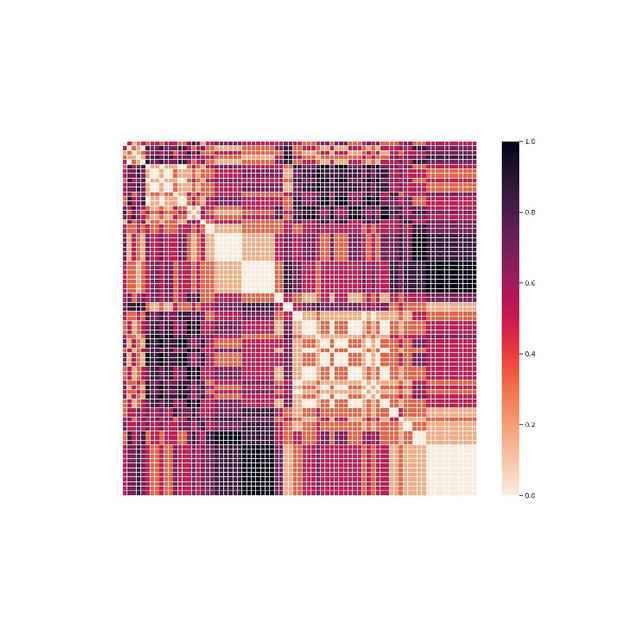
(en anglais) Lessons in Nanotechnology from the ribosome
Centre de Nanosciences et de Nanotechnologies, Amphithéâtre, PalaiseauSéminaires
Biological nervous systems have been a source of inspiration for realizing new computing paradigms in electronics and optical systems for decades. While the single operation of current traditional CMOS technologies is approaching the energy consumption (~1 pW) of the most basic operation in biological nervous systems, an action potential, the action potential is far from being the most fundamental operation in a living cell. At the heart of molecular biology is the central dogma, which describes how genetic information is sequentially transferred from DNA into RNA into proteins that are used for all cellular life. The nano-machine that translates mRNA into proteins is the ribosome and in the past twenty years there have been enormous developments in understanding its biological functionality. Its energy consumption is ~5 orders of magnitude smaller than an action potential and approaches the Landauer limit of computation, but its use as an inspiration for new computing paradigms is still in its infancy. This is most likely because an understanding of how energy is used to realize translation is still not well understood. In this talk, I present an alternative way to model the dynamics of the ribosome using network theory. This concise representation can be used to track dynamic changes in different ribosomal states and understand its global dynamical nature. I describe some of the differences between ribosome functionality and artificially realized nano-machines.
Figure : Heatmap of correlations between the interactions in 6 different files. (perfect correlation/decorrelation = 0/1).
Link : https://us02web.zoom.us/j/86277738532 -Find a clickable link in the attached file bellow
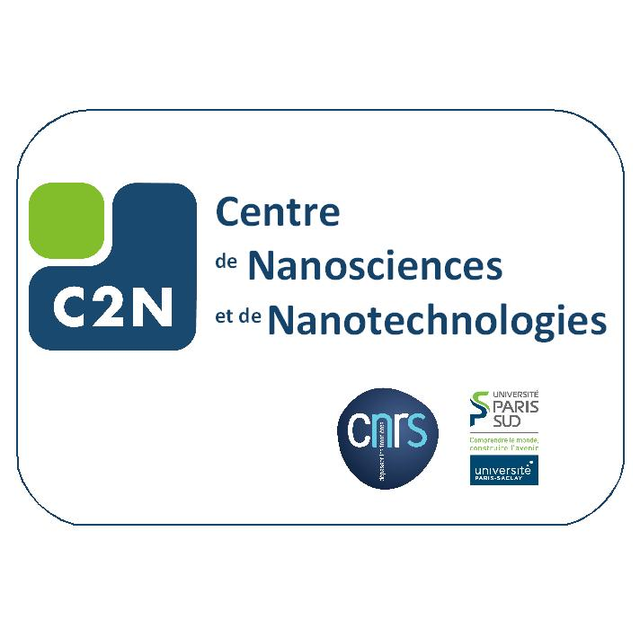
(en anglais) Nanoparticles: a tool of choice for biomedical applications
Centre de Nanosciences et de Nanotechnologies, , PalaiseauSéminaires
The field of nanotechnology is booming, significantly impacting our society and creating a growing enthusiasm in biotechnology and biomedical science. During this seminar, I will therefore present 3 research projects in which nanoparticles play a central role, whether in the understanding of a biological phenomenon or in the development of diagnostic tools. 1) Understanding of the toxicity induced by inhaled nanoparticles After inhalation, nanoparticles can reach the pulmonary alveoli, where gas is exchanged. They then encounter the pulmonary surfactant, i.e. the fluid lining the epithelial cells. In this work, the interaction of model bare nanoparticles (latex, metal oxides, silica) with a biomimetic pulmonary fluid (composed of phospholipids and proteins assembled in vesicles) was studied and we showed that this interaction was of electrostatic origin. We also observed a wide variety of resulting hybrid structures, which attests to the complexity of the phospholipid/particle interaction. In addition, we succeeded in formulating particles covered with a supported bilayer derived from pulmonary surfactant and exhibiting remarkable stability in biological environment. Finally, the role of the pulmonary surfactant on the interactions between nanoparticles and alveolar epithelial cells was studied, demonstrating the importance of the pulmonary surfactant in the protection of the alveolar epithelium. 2) Conception of a dosimeter doped with gold nanoparticles for radiotherapy
With the latest generation of radiation therapy devices, no dosimeter can be used to achieve a satisfactory in vivo dosimetry. In this respect, we aimed to develop a new dosimeter based on gold nanoparticles.
We first quantified the degradation of conventional dyes (here azo dyes) under gamma irradiation, thus producing a reference dosimeter. We then synthetized gold nanoparticles and added them to dye solutions since they are known to increase radical production. Unexpectedly, an overall decrease of sensitization was observed. We demonstrated that this phenomenon was probably due to the dye propensity to adsorb onto the gold nanoparticles and to the fact that the radicals overproduced by nanoparticles preferentially attack dyes adsorbed at their surface.
Our results underlined the need for an in-depth physicochemical characterization of the dye/nanoparticle systems to reveal the mechanisms underlying their gamma irradiation.
3) Development of antigenic tests based on luminescent nanoparticles
The simple, rapid, portable, and specific detection of biomolecules and pathogens in complex media is of growing interest in many fields. Lateral Flow Assays (LFAs), and more specifically antigen tests, are a central tool in this context. However, the standard gold nanoparticle-based LFAs lack sensitivity and generally do not provide quantitative measurements or simultaneous detection of multiple targets.
In order to overcome these limitations, we combined a simple homemade reader coupled to a smartphone with the remarkable optical properties of lanthanide ions using luminescent nanoparticles as probes. We first demonstrated a gain in sensitivity of more than one order of magnitude compared to the reference LFA when detecting staphylococcal enterotoxins, approaching or surpassing the ELISA sensitivity for these biomolecules. Then, three toxins were simultaneously detected without any loss of sensitivity. Our method thus constitutes a powerful approach to detect multiple proteins and could be the basis of future sensitive and portable bioassays or diagnostic tests.
Link: https://cnrs.zoom.us/j/93699481150?pwd=VVRwMkhKMXUrMWxsN3RkNkxxeC96Zz09
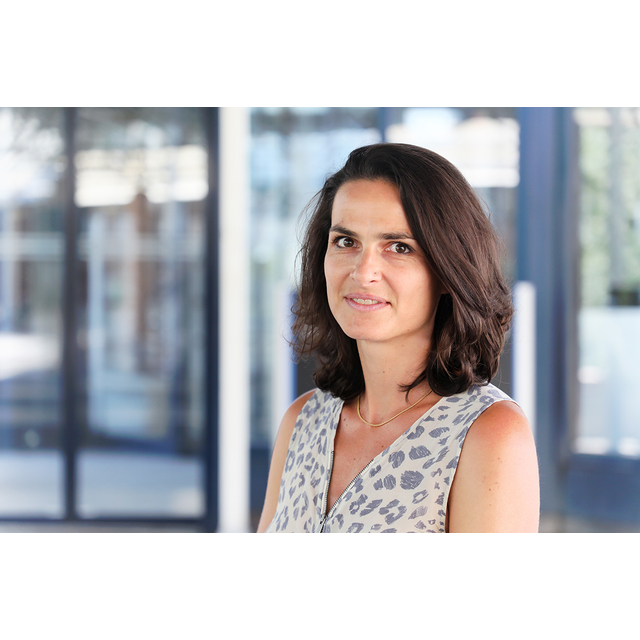
(en anglais) Silicon nitride: towards a complete toolbox for nonlinear integrated photonic
Centre de Nanosciences et de Nanotechnologies, Amphithéâtre, PalaiseauSéminaires
Nonlinear optics describes the behaviour of light in a nonlinear medium, exploiting higher orders of the material susceptibility. It allows us to, for example, change the colour of a light beam, change its shape or process light with light. Nonlinear optical phenomena are the basis of many devices used in optical communication systems, optical sensing or material research and enable a wide range of novel applications, and the need for the integration of nonlinear functionalities to the chip scale is evident
It is now well established that silicon nitride offers many advantages for integrated nonlinear photonics. Pushed by recent progress in fabrication, we now have access to very low loss waveguides while maintaining large flexibility in terms of dispersion engineering, both essential for the design of efficient nonlinear systems. As such many nonlinear optical demonstrations, mainly based on 3rd order effects in the telecom band, have been performed. Pushing the applications over the entire accessible spectral range of silicon nitride, from the visible to the middle infrared, as well as offering completely new horizon of applications by inducing effective 2nd-order effects, would provide new and essential elements to the nonlinear integrated photonic toolbox. In this talk I will quickly review our work on systems based on the inherent 3rd order effects, and we then cover how we can leverage all-optical poling to enhance the typically weak 2nd-order nonlinearities of the platform.
Camille-Sophie Brès is an associate professor at EPFL in the institute of Electrical Engineering. She received her bachelor degree with honors in electrical engineering from McGill University, Canada, in 2002. She then moved to the USA where she obtained her PhD in electrical engineering from Princeton University in 2006. After a post-doctoral position at the University of California San Diego she joined EPFL as a tenure track professor and director of the Photonic Systems Laboratory in 2011. Her work focusses on leveraging and enhancing nonlinear processes in optical waveguides for the optimization of all-optical signal processing, light generation and sensing by exploiting dispersion engineering, material properties, and architectural features. She was awarded the early career Women in Photonics Award from the European Optical Society in 2016, as well as ERC starting (2012), Consolidator (2017) and Proof of Concept (2019) grants.
Link: https://us02web.zoom.us/j/86277738532
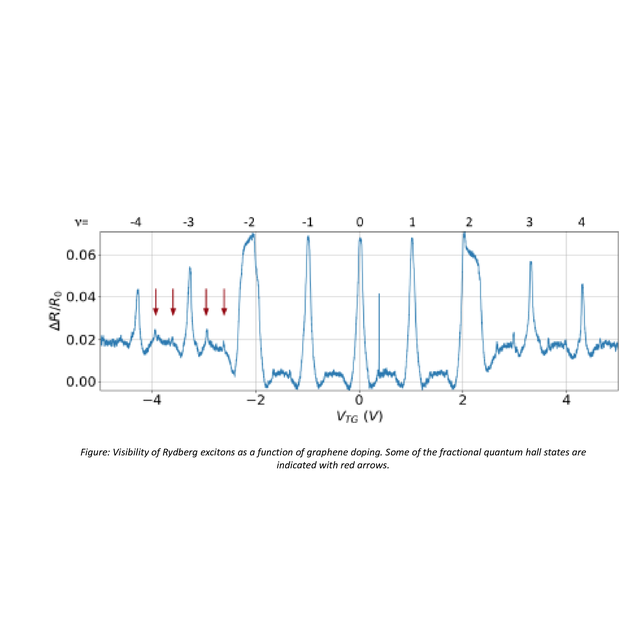
(en anglais) Proximity coupling graphene to a TMD: moiré effects on coupled Fermi seas, and Rydberg excitons as probes for graphene fractional quantum hall states
Centre de Nanosciences et de Nanotechnologies, Amphithéâtre, PalaiseauSéminaires
Alexander Popert1, Tomasz Smolenski1, Yuya Shimazaki1, Puneet Murthy1, Thibault Chervy1, Kenji Watanabe2, Takashi Taniguchi3 , Martin Kroner1, Atac Imamoglu1
1 Institute for Quantum Electronics, ETH Zürich, CH-8093 Zürich, Switzerland
2 Research Center for Functional Materials, National Institute for Materials Science, Tsukuba, Ibaraki 305-0044, Japan
3 International Center for Materials Nanoarchitectonics, National Institute for Materials Science, Tsukuba, Ibaraki 305-0044, Japan
Placing 2D materials in close proximity to each other greatly enriches them, leading to phenomena like interlayer excitons hosting a hole in one layer and an electron in the other layer [1]. Also the superconductivity hosted in twisted bilayer graphene and twisted bilayer WSe2 critically relies on the coupling between the two layers, giving rise to a new system with vastly different properties from its host materials.
In this talk, we'll explore structures where the 2D semiconductor MoSe2 is in close proximity to graphene. Using Rydberg excitons in MoSe2 as sensitive probes for the dielectric environment [2], we demonstrate that fractional quantum hall states in graphene can be detected by purely optical means. We further discuss the regime where both graphene and the TMD are doped. We observe a periodic charge transfer between graphene and the TMD as a function of doping which we attribute to the moiré potential arising between the graphene and the hBN substrate.
As more and more of 2D materials research is directed to emergent phenomena between different 2D materials, we believe that these results will stimulate important discussions.
References:
1. Shimazaki, Y., Schwartz, I., Watanabe, K. et al. Strongly correlated electrons and hybrid excitons in a moiré heterostructure. Nature 580, 472–477 (2020)
2. Xu, Y., Horn, C., Zhu, J. et al. Creation of moiré bands in a monolayer semiconductor by spatially periodic dielectric screening. Nat. Mater. 20, 645–649 (2021)
Find a clickable link in the attached file below
Please click the link below to join the webinar: https://us02web.zoom.us/j/86277738532
Webinar ID: 862 7773 8532